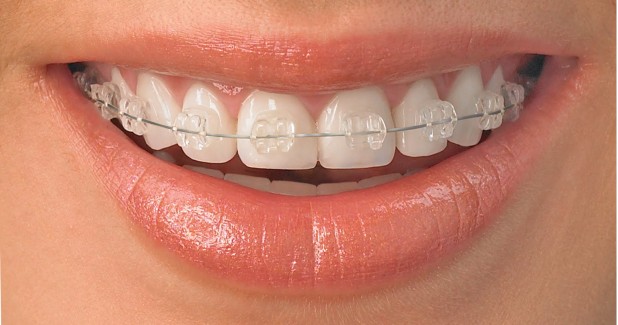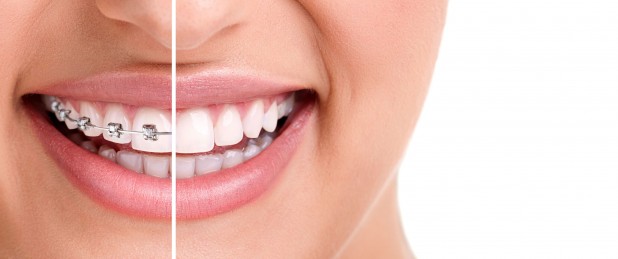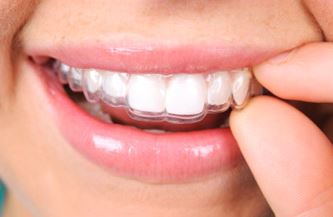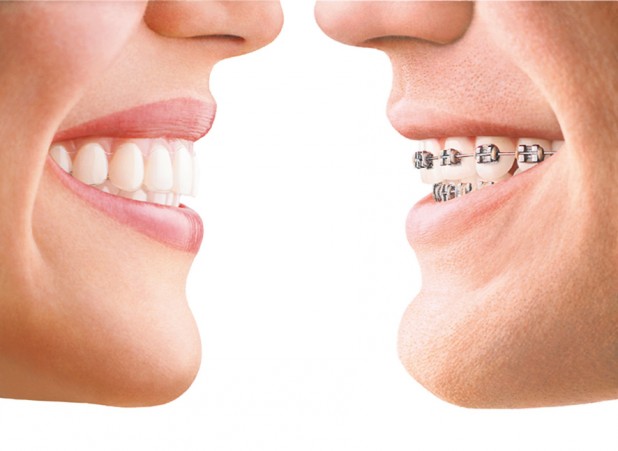Thanks to Dr Chudasama of DentalKind in Essex for the following information which explains in layman’s terms the increasingly popular dental treatment called Invisalign braces.
In a perfect world, when your baby teeth ended up fell out they would have been replaced by picture-perfect adult teeth that were as straight as an arrow and aligned exactly as they should be.
However, according to dental studies published in early 2010, the overwhelming majority of adults just aren’t getting to enjoy that kind of good fortune. In fact, a significant amount of people end up having to take advantage of teeth alignment tools and technology (like traditional braces and Invisalign, in more recent years) just to straighten out their teeth and enjoying a picture-perfect smile moving forward.
But how do you know that you actually need to have your teeth aligned?
How do you know that braces are the way to go, especially in your adult years?
And what about newer technology like Invisalign (and other Invisalign-like alternatives) that promise the same results as braces without all of the headache and hassle of dealing with a “metal mouth”?
Well, you’ll be able to get all of the answers that you’re looking for in this easy to read guide.
How important is it to have your teeth align perfectly?
Believe it or not, perfectly aligned teeth aren’t just important for cosmetic reasons – though there’s nothing quite like a picture-perfect smile!
Your teeth provide a very important utility in your day to day life, allowing you to chew your food and protect your mouth. If your teeth are perfectly aligned (exactly as they should be, and exactly as Mother Nature intended) you are going to find it to be very easy to eat, super easy to chew, and incredibly easy to breeze – not to mention talk, laugh, and live a headache free existence!
If, on the other hand, your teeth aren’t perfectly aligned (which happens to a tremendous amount of people all over the world) you’re going to be dealing with some pretty serious hassles I day-to-day basis – hassles that can grow into more serious problems over time.
On top of that, your teeth just aren’t going to look right, and then you’ll have to deal with all of the psychological and social pressure that this situation will place squarely upon your shoulders.
It makes a world of sense to have your teeth aligned if they aren’t already, but then it all boils down to picking and choosing the right solution to get the job done.
And that’s an entirely different bag of issues!
Why are braces so popular?
The overwhelming majority of people out there are going to end up relying on traditional braces (or a more modern spin on braces) to get their teeth back into alignment, mostly because of these solutions have proven to be so incredibly effective over time.
Braces have been used for decades to help people straighten out, align, and readjust their teeth over time, helping you to enjoy a more natural and picture-perfect smile than you would have been able to otherwise.
Sure, they aren’t exactly the greatest thing in the world to look at (and few people would argue that point), but they are incredibly reliable and has a proven track record quite unlike any other cosmetic dental solution out there.
The cold hard truth of the matter is they get the job done better than just about anything else, even if they end up looking more than a little bit unobtrusive (and some would say downright unappealing).
On top of that, braces are relatively inexpensive when compared to some of the other alternatives out there for aligning your teeth.
Sure, they aren’t cheap by any stretch of the imagination – especially if you need to have them readjusted, realigned, and “tweaked” over time or are going to be expecting to wear them for more than a year – but compared to a lot of the other options that are available for this specific purpose they are budget based there
Is Invisalign an effective alternative to traditional braces?
Invisalign has come along though, and flipped over the applecart, so to speak.
Operating almost on the exact same principle as your braces would, they provide you with an almost invisible piece of dental technology that will help you to straighten out and align your teeth without the “metal mouth effect” that braces bring to the table.
Using incredibly powerful computers and imaging technology and software, a properly trained cosmetic dentist is going to be able to take very detailed 3-D models of your teeth and then work with Eddie Invisalign technology to custom mold a dental tool that will bring your teeth into alignment over time.
This dental tool is going to be as invisible as any physical object can be, and while it will be a noticeable for those that are paying extreme attention, for the most part it is going to fade into the background while giving you the exact same results that braces would.
It’s real easy best of both worlds, so long as your dental alignment issue can be solved by the Invisalign solution. There are a number of situations where Invisalign just won’t work nearly as effectively as braces would, but your dentist will be able to advise you in those circumstances and let you know whether or not you should move forward with either option.
How to I make the right decision when it comes time to straighten out my teeth?
When it all comes down to the decision-making process, you’re not only going to want to think about the short-term (how you will look and how quickly your teeth will come into alignment with either option), but you’re also going to want to look at the big picture.
After all, it doesn’t make a world of sense to spend a year or more in braces or Invisalign and not end up with the perfectly straight and perfectly aligned teeth you’re after.
Speak to your general dentist, your cosmetic dentist, and do a bit of research and due diligence online about both of these solutions and you should be able to navigate this situation without any real effort at all.
Best of luck going forward!




